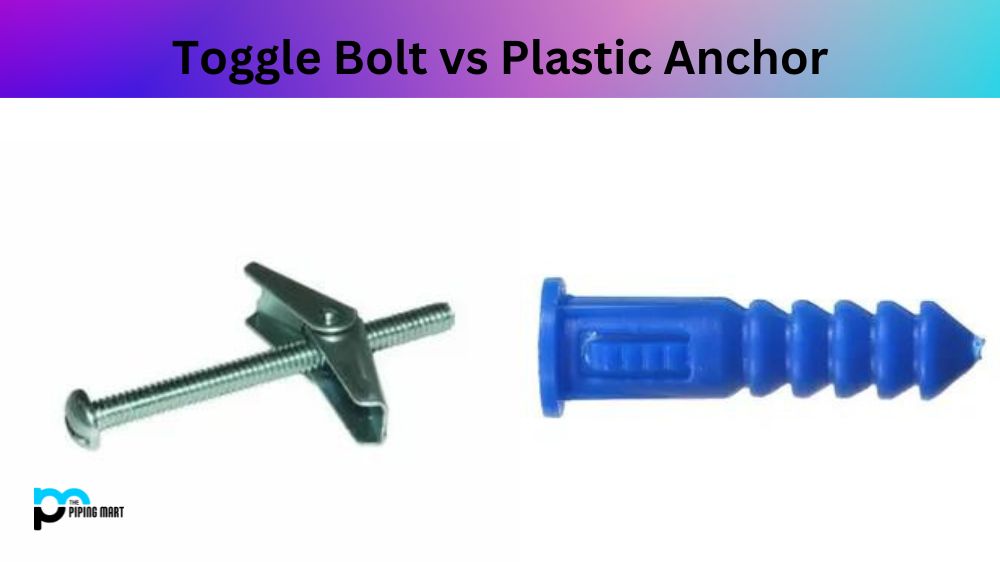Nuts are commonly used in various industries, and people use them to connect different components securely. But, choosing the right type of nut can be confusing, especially when you are stuck between sleeve nuts and coupling nuts. Both nuts look similar, but they have different applications. Understanding their differences will help you identify the right one for your project. In this blog post, we will discuss sleeve nuts vs coupling nuts, their differences, and when to use them.
Sleeve Nut
A sleeve nut is a type of fastener with an outer body generally made from metal, plastic, or nylon. It features internal threads and a knurled exterior surface to provide greater grip and torque when tightened. Sleeve nuts are commonly used in machinery, furniture manufacturing, automotive applications, and other industries – as they can be quickly assembled with minimal effort. They offer the added benefit of less exposed hardware than conventional nuts. Additionally, their design allows for increased resistance to vibration due to the smaller profile than traditional locking nuts.
Coupling Nut
A coupling nut is a type of fastener, typically made of metal, that can connect two pieces of threaded material. It features an internal thread and an external thread, allowing it to securely attach two components. Coupling nuts are most often used with threaded rods as they enable the user to join or extend the length of their rod when needed. Depending on your application requirements, they are available in a wide range of sizes and dimensions.
Difference Between Sleeve Nut and Coupling Nut
Design
The design of the nuts is the most significant difference between sleeve nuts and coupling nuts. A coupling nut has a through-hole, meaning the hole runs from one end to another. On the other hand, a sleeve nut has a closed end. They have a threaded bore that is open on one end and completely closed on the other.
Use
Sleeve nuts and coupling nuts have different applications. Coupling nuts are used to connect two threaded rods or bolts. They provide more stability and support to the connection. Whereas sleeve nuts are used to anchor a threaded rod to a surface. They are commonly used in plumbing and electrical projects to keep the threaded rod in place.
Strength
The strength of sleeve nuts and coupling nuts is another significant difference. When compared to coupling nuts, sleeve nuts are weaker due to their closed-end design. Coupling nuts are considered a stronger alternative due to their through-hole design.
Material
Both nuts are available in various materials, including brass, stainless steel, and zinc. But, coupling nuts are commonly available in stainless steel and zinc materials. Sleeve nuts are more commonly available in brass material.
Cost
The cost of sleeve and coupling nuts depends on various factors, such as material, size, and quantity. Coupling nuts are more expensive than sleeve nuts due to their design and strength.
Conclusion:
In conclusion, choosing between sleeve and coupling nuts depends on your project’s requirements. They may look similar but have different applications, strengths, and costs. Coupling nuts are your best option when you need to connect two threaded rods. But, when you need to anchor a threaded rod, you should choose sleeve nuts. Understanding the differences between sleeve and coupling nuts will help you achieve a secure and stable connection for your project. Always check the material, design, strength, and cost before selecting the nut.

A passionate metal industry expert and blogger. With over 5 years of experience in the field, Palak brings a wealth of knowledge and insight to her writing. Whether discussing the latest trends in the metal industry or sharing tips, she is dedicated to helping others succeed in the metal industry.




